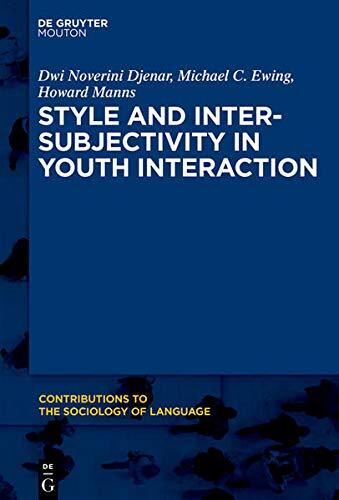
Style and Intersubjectivity in Youth Interaction
还没有评分
Science Fiction
Young Adult
格式
Kindle
页数
274
语言
英语
已发布
Feb 19, 2018
出版商
Walter de Gruyter
ISBN-10
1501500708
ISBN-13
9781501500701
描述
This exploration delves into the intricate ways young individuals negotiate their identities and social relationships through language. By focusing on the concept of style, the authors examine how choices in linguistic expression can signal group membership and individual distinctions among peers. The research highlights the dynamic nature of youth interaction, showcasing how language serves as a vital tool for constructing meaning in everyday conversations.
The authors bring a multidisciplinary approach to this subject, integrating insights from linguistics, sociology, and anthropology. Through a series of case studies and real-life examples, they illustrate how intersubjectivity—shared understanding between speakers—is vital for effective communication among youth. This nuanced analysis reveals the complexities of language as not just a means of communication, but also a framework for social interaction and identity formation.
Ultimately, the work sheds light on the significance of style in youth culture, offering valuable perspectives for educators, linguists, and anyone interested in the evolving nature of communication among younger generations. The authors' innovative methodologies and profound insights contribute to a deeper understanding of how language shapes social dynamics within youth communities.
The authors bring a multidisciplinary approach to this subject, integrating insights from linguistics, sociology, and anthropology. Through a series of case studies and real-life examples, they illustrate how intersubjectivity—shared understanding between speakers—is vital for effective communication among youth. This nuanced analysis reveals the complexities of language as not just a means of communication, but also a framework for social interaction and identity formation.
Ultimately, the work sheds light on the significance of style in youth culture, offering valuable perspectives for educators, linguists, and anyone interested in the evolving nature of communication among younger generations. The authors' innovative methodologies and profound insights contribute to a deeper understanding of how language shapes social dynamics within youth communities.